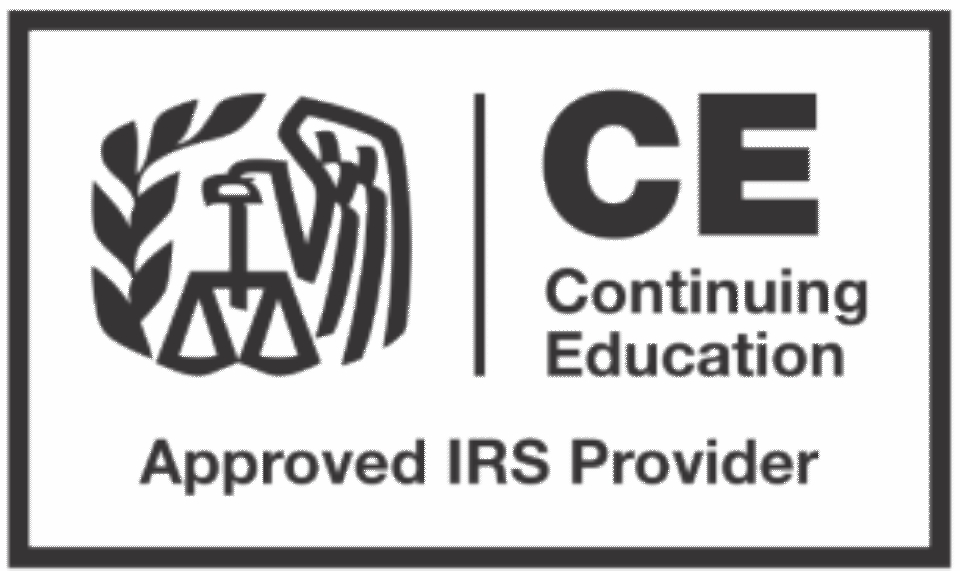Basis Fringe Benefits (mini)
Basis Fringe Benefits (mini)
Description:
This course is an overview of basic fringe benefits and examines their mechanics, compensation methods, valuation, withholding, and accounting. Achievement awards, term life insurance, medical reimbursement, meals & lodging, educational assistance, dependent care, employer-provided automobiles, interest-free loans, etc. are identified. Employer and employee economic and tax considerations are recognized. Fringe benefit requirements and limits are specified, and ERISA compliance requirements are determined. ASSIGNMENT
At the start of the materials, participants should identify the following topics for study:
* Benefit mechanics
* Employee achievement awards
* Group term life insurance
* Self-insured medical reimbursement plans
* Medical insurance
* Meals & lodging
* Cafeteria plans
* Employer-provided automobile
* Adoption assistance program
* Interest-free & below-market loans
Learning Objectives
After reading the materials, participants will be able to:
1. Recognize basic fringe benefit planning by determining income under 61 and identify the differences between former non-statutory and current statutory fringe benefits created by recent cases, rulings, and tax law changes.
2. Specify the mechanics of typical fringe benefits, determine the fair market value of a fringe benefit under the general valuation rule or the special valuation rules, and identify the general accounting rule and the special two-month pour-over accounting rule.
3. Identify an employee achievement award under 274 and recognize the rules for group term life insurance under 79 stating how to implement proper coverage.
4. Determine the mechanics of self-insured medical reimbursement plans under 105 and specify the requirements of medical insurance under 106 identifying differences.
5. Identify the rules for excluding the value of meals and lodging under 119, and cafeteria plans and how they operate.
6. Recognize the requirements and limits of employee educational assistance programs and dependent care assistance specifying how to obtain each type of assistance.
7. Identify no-additional-cost services and determine what property or services are excludable from income as qualified employee discounts under 132(c) and specify exceptions to working condition fringes and de minimis fringes.
8. Determine the requirements for qualified transportation fringe benefits under 132(f), specify valuation methods for employer-provided automobiles, and identify the qualifications for the popular physical fitness exclusion, and the requirements and benefits of adoption assistance programs.
9. Recognize planning services available under 132, 212, and 67, determine interest-free and below-market loans, identify child care benefits and corporate-funded educational savings accounts, specify S corporation fringe benefits, and identify ERISA compliance requirements.
$39.00
Additional information
| Delivery Method | |
|---|---|
| Course Author | |
| Advanced Preparation | |
| Field of Study | |
| Instructional Format | |
| Knowledge Level | |
| Program Prerequisites | |
| Published Date | |
| Who Should Attend | All Certified Public Accountants (CPAs), Enrolled Agents (EAs), Other Tax Return Preparers (OTRPs) |
| Credits |

